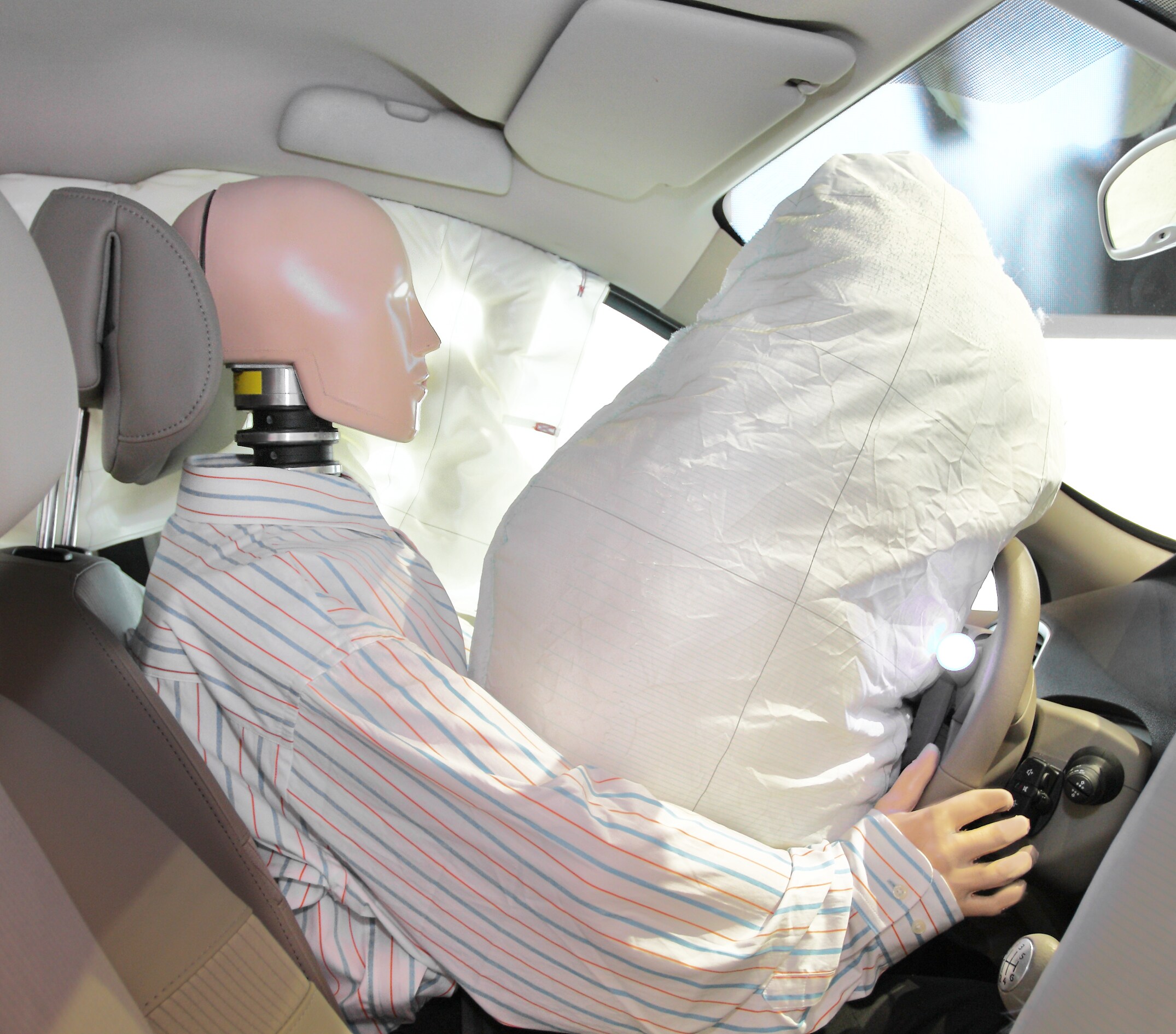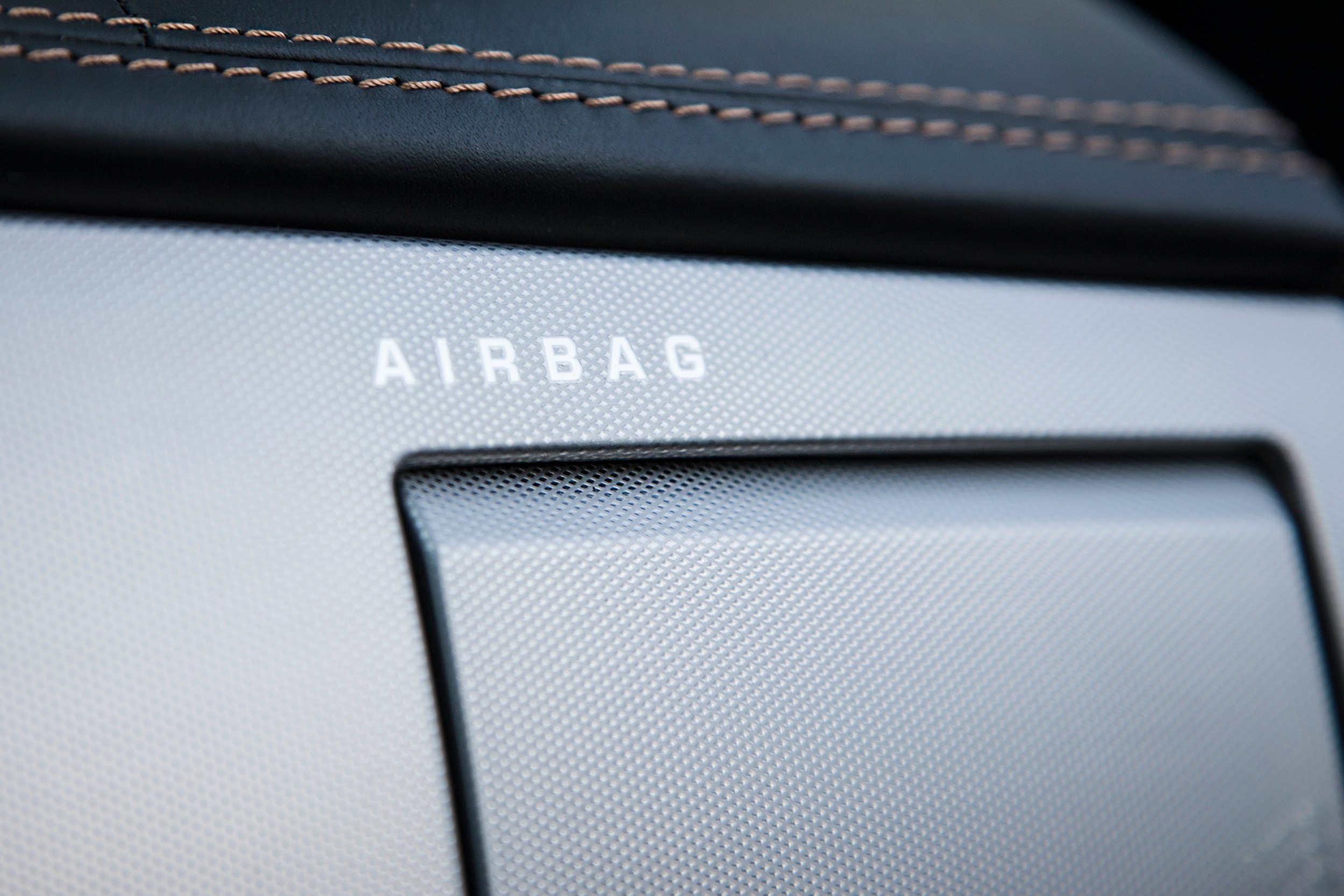Airbags can save a life - we hope you've had little experience with automobile airbags, since they only deploy during an accident. Generally speaking, most drivers forget that their cars are even equipped with airbags. After all, airbags are hidden away until needed. But like any component on your vehicle, airbags on older cars require occasional inspections. Do car airbags expire? And if they do, how often do you need to replace them? Let's find out.
First of all, if you own a newer car, it is unlikely that your airbags will ever need to be replaced. That's because safety airbags on vehicles built in the last ten years are built to last the life of your car. But what about if you have an older car? If you own a car, truck or SUV that was made before 1990, the automaker may advise you to change your airbags as part of the routine maintenance of the vehicle.
How Airbags Came To Be
o better understand this safety device, let's look back at a bit of airbag history. As the story goes, a retired industrial engineer named John W. Hetrick designed the first airbag for a passenger vehicle in 1952 after he and his family were involved in a car accident. He immediately began sketching designs for a "safety cushion assembly for automotive vehicles" and patented it in 1952. His design included a hidden tank of compressed air and inflatable bags for the driver and passenger.
German inventor Walter Linderer got a German patent for a similar system three months after Hetrick got his patent. But testing proved that compressed air could not inflate the bags fast enough in an accident. By the early 1960s, both General Motors and Ford were experimenting with inflatable restraint systems.





